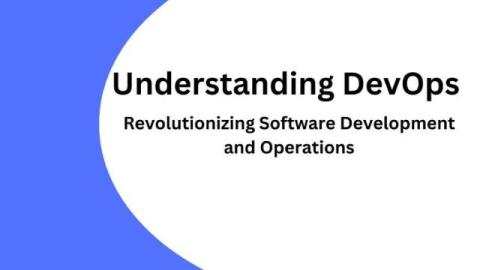Rightsizing & Handling Resource Allocation in Kubernetes
Handling resource allocation within Kubernetes clusters is of paramount importance. Proper resource allocation in Kubernetes ensures optimal performance and efficient utilization of the underlying infrastructure, safeguarding against capacity issues and application downtime. In contrast, improper resource allocation can lead to a plethora of challenges, from wasted resources to compromised application performance.











